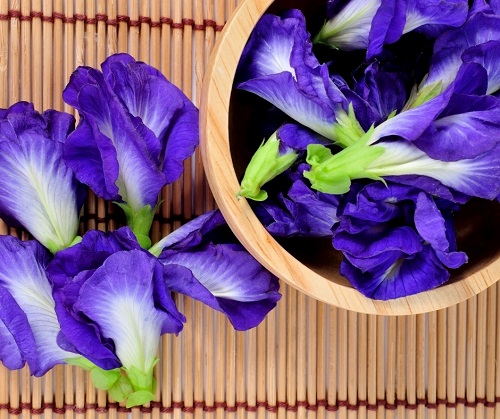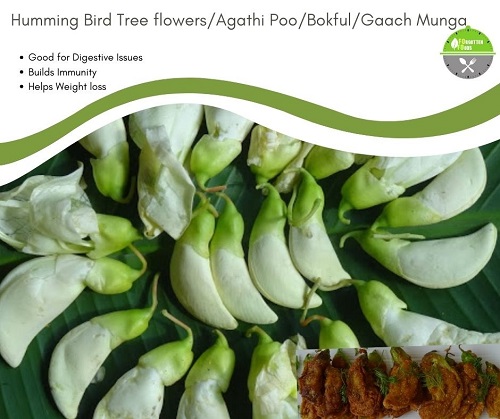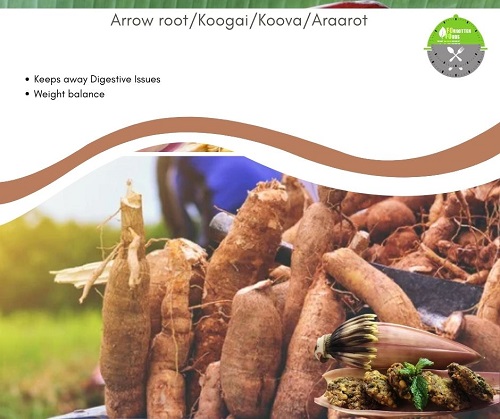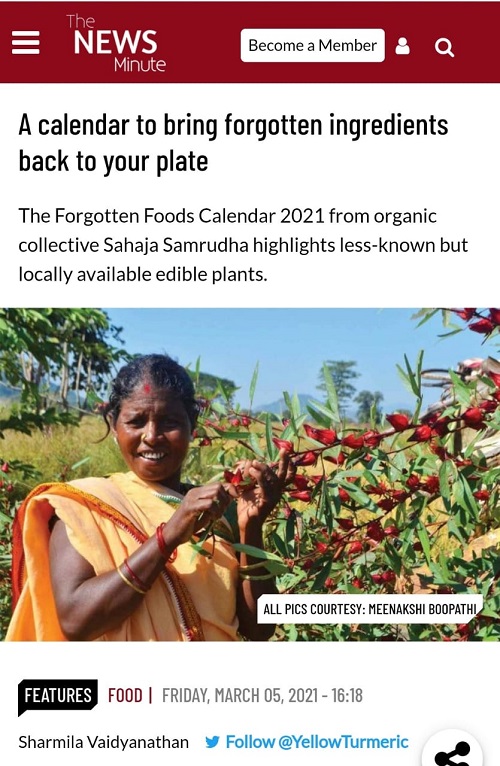The Forgotten Foods Calendar 2021 from organic collective Sahaja Samrudha highlights less-known but locally available edible plants.
An edited version of this article was published in The News Minute on March 05, 2021.
All images courtesy: Meenakshi Boopathi
A new year brings new resolutions, and for many of us, that includes focusing on our health goals. But a few days in, and we find ourselves slipping back into the old habits. The shiny new calendar turns into a daunting reminder of how quickly we have given up. What if the calendar itself inspired us to incorporate healthy ingredients on our plates? The Forgotten Foods Calendar 2021 by the organic collective Sahaja Samrudha, in collaboration with NABARD, does just that.

Image Courtesy: Meenakshi Boopathi
The calendar is edited by Meenakshi Boopathi, an IT professional who is also the brain behind the Forgotten Foods Facebook page. “This is something that I am deeply passionate about. There so much diversity around us, but because people are not aware, they fail to reap the benefits of these leeser-known foods,” she shares over a phone conversation.
The Forgotten Foods Calendar has been divided into edible flowers, fruits and seeds, remedial leaves, stems, roots and tubers. “We wanted to highlight the fact that every part of a plant is edible, which is why we have divided the calendar in this manner,” Boopathi explains. The pages unveil a dizzying world of food options like the Agati Flowers, Butterfly Pea, Glue Berry or Lasura, Chicken Weed Purslane, Palm Shoots and Purple Yams. Along with images, a brief explanation educates the reader about the benefits of consuming the food. The bilingual calendar provides information in Kannada and English.
Although Boopathi launched her Facebook page in 2019, she has been championing diversity on the plate for several years. “I come from a family where food is very important. We have lived in many cities across the country. In every place, my parents went out of their way to find traditional ingredients and cook meals using them,” she says. The realization hit her when she began working. The contents of Boopathi’s lunchbox were widely discussed, and her colleagues began requesting recipes. “I would write down recipes and names of ingredients for my friends and colleagues. I was surprised to see that so many people were looking for this information, which is why I decided to document it for a wider audience,” she adds.
Apart from descriptions, the Forgotten Foods calendar also lists five recipes, one for each category, contributed by individuals working in the conservation space. S.R Syam Kumar of Ambadi Goshala; an organization in Patazhy, Kerala, working to protect indigenous cows has shared the recipe for an arrowroot halwa. “Our ancestors had deep knowledge about food and its constituents. What we eat today is so far removed from that. We need to understand that our food habits also influence those of the next generation. We need to set an example for them by reviving the traditional foods,” says Kumar.

Food-focused calendars are a part of Sahaja Samrudha’s ongoing efforts to help people expand their plates. In the past years, their calendars have focused on millets, traditional rice varieties, and roots and tubers. “India’s agrobiodiversity is so vast and varied. There are many individuals, farmers and organizations working to preserve nature’s bounty. Unless consumers adopt these different ingredients, they will not be able to sustain their efforts,” says G. Krishna Prasad of Sahaja Samrudha.
Sahaja Samrudha has been working on several initiatives to build awareness about indigenous foods among urban consumers. On their website, one can find the rice and millet diversity maps of Karnataka which showcase traditional varieties across districts in the state. Recently, the organization also conducted the ‘Roots and Tubers‘ mela in Mysuru. “The calendars are merely scratching the surface. We want to encourage people to rediscover their food culture and see changes on the plate,” Krishna Prasad adds.

Last year, food designer Akash Muralidharan started a 100-day project; the Cook and See Challenge, to find out why many of the vegetables mentioned in S Meenakshi Ammal’s timeless cookbook Samaithu Paar (Cook and See) are no longer found in Indian kitchens. While researching for the project, Muralidharan sent out a list of vegetables to his neighbours asking them to select the ones they used several times in a week. Based on his limited survey, he found that the commonly used vegetables were the usual suspects like carrots, potatoes, tomatoes, onions, and beans.
This is exactly what Boopathi is hoping to change through the calendar and her Facebook page. “I remember posting a video about the Chicken Weed Purslane, and someone reached out to thank me for the information. The plants would grow profusely in his garden, but he never thought of using the leaves for cooking,” she shares. Krishna Prasad weighs in on this discussion and adds that despite being easy to grow and rich in nutrients, traditional ingredients are ignored. Beyond cabbage, carrots and cauliflower, there is a treasure trove of ingredients waiting for people to experience them. The Forgotten Foods calendar team hopes that people get the right nudge, on a daily basis, to dive into this scrumptious world.
